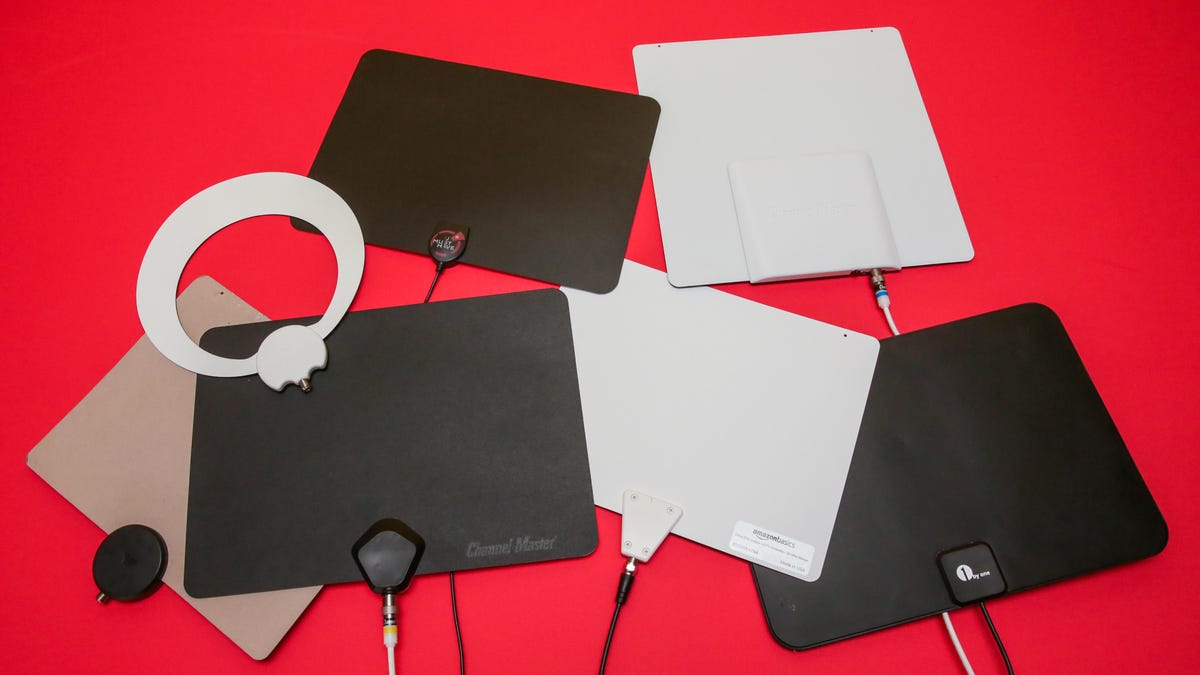
Sarah Tew/CNET
Over-the-air TV has been around for years, and it’s built right into your TV — all you need is an antenna. Local channels broadcast in your area provide sports, news and TV shows from ABC, CBS, Fox, NBC, PBS and more with excellent HD image quality. And in the coming years, the cross-compatible NextGen TV standard will be capable of even more, including 4K broadcasts and on-demand!


The best part of all of this is the price: basically free. Unlike cable or live TV streaming services, antenna broadcasts don’t require you to pay ongoing fees, and if you live in an area with decent indoor OTA reception you can get TV for less than $20 all told. Depending on where you live you may need to spend more on an outdoor antenna, but it’s worth experimenting with a cheap model first.
It’s no wonder that OTA is one of the first stops for anyone looking to cut the cord or supplement their streaming package. Antenna TV is simple to get set up. Here’s where to start.
Read more: Best streaming deals: Save on Netflix, Disney Plus, HBO Max, Paramount Plus, Hulu and more
It’s cheap. Why not give it a go?

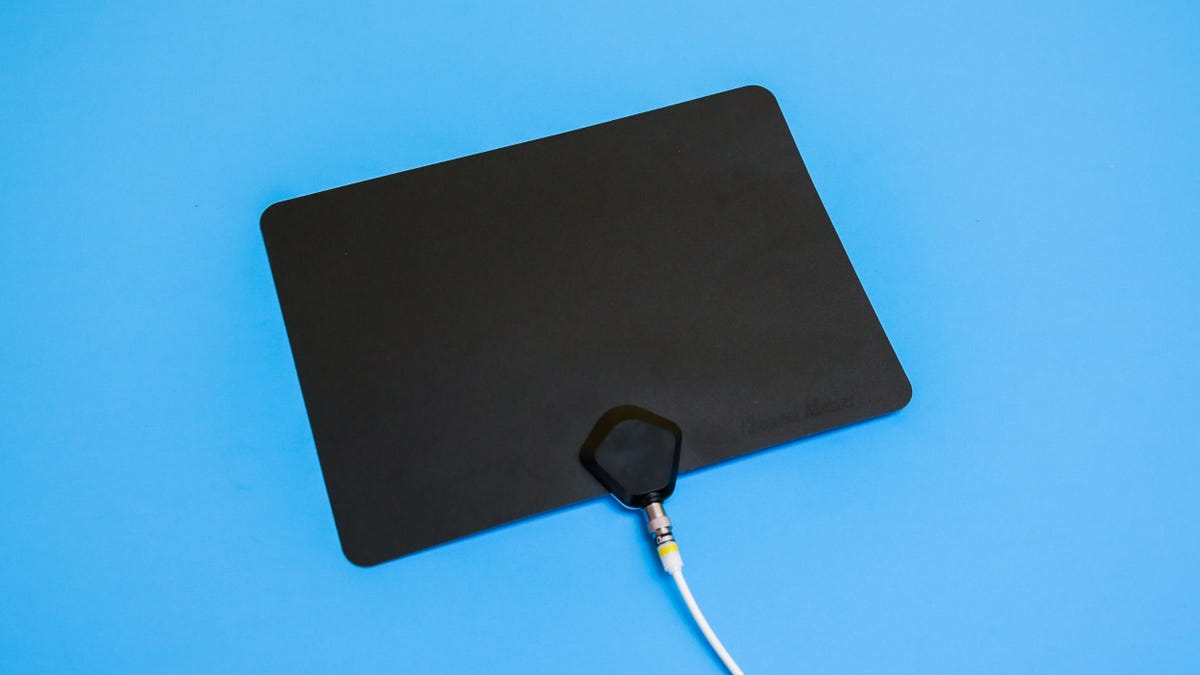
Sarah Tew/CNET
Indoor antennas are so inexpensive that my best advice is to just buy one, connect it to your TV and see which channels you can pull in. I reviewed the top indoor antenna models from Amazon and found that the best in an urban environment is the Channel Master Flatenna. In my testing, I found that the number and strength of channels didn’t increase in a poor coverage area when replaced with a more expensive model, even with a gain amplifier. In other words, if the cheaper internal antennas don’t work, it’s likely nothing similar will. That’s because your location is the single biggest factor in whether or not you get reception — your antenna tech is a distant second, at best.
See Flatenna at Channel Master
If you are having trouble getting reception, you will likely get some improvement with an outdoor antenna. They cost more, however, and because they typically require access to a roof or an attic you may require professional help.
We haven’t tested external antennas at CNET, but highly rated models from Antennas Direct start at $70. Try to get an antenna compatible with both UHF and VHF, for while most channels have moved to UHF with the advent of digital transmissions, some legacy stations are still using VHF.
Regardless of whether you get an indoor or an outdoor model, most antennas available today will also allow you to receive the next version of OTA called NextGen TV.

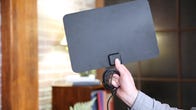
Watch this:
How to cut the cord for $10: installing an indoor antenna
2:03
Tips for installing an antenna
Given the complexity (and potential dangers) of installing a roof antenna we’re going to stick with internal antennas for this article. Here’s what you need:
- An indoor antenna
- Adhesive (optional) — poster putty is the best
- A tuner, either built into your TV or an external box like a digital video recorder
Most modern indoor antennas are flat and designed to be installed high on a window, preferably facing in the direction of a broadcast antenna. So ow do you determine which way that is?
In addition to selling its namesake devices, Antennas Direct is also an excellent cord-cutting resource and offers maps based on your location, as well as the direction of the nearest antennas. Keep your compass or Google Maps app handy! There’s also the Antenna Point app for Android and iOS.

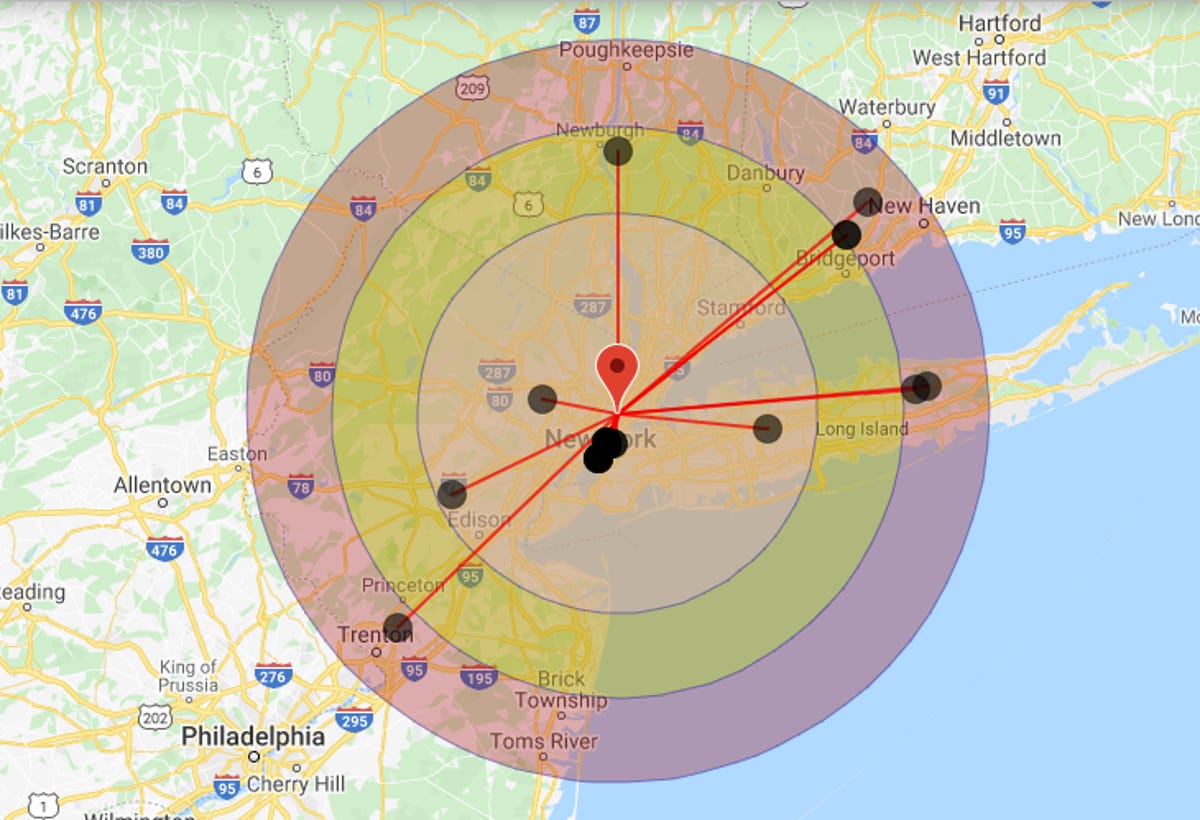
Antennas Direct offers a map showing where your nearest broadcast towers are.
Screenshot by Ty Pendlebury/CNET
Some antennas include adhesive strips for mounting but if yours doesn’t, you’ll need masking tape or poster putty. Try not to use duct tape, as it can mark your walls or windows.
Install the antenna as high as you can because neighboring houses and buildings can block TV signals. Experiment with placement — if a window doesn’t work, try a wall as it may give you better reception. Try to keep the antenna away from magnetic metals such as security bars and radiators if possible.
Many indoor antennas have a long, detachable coaxial cable, but if your TV and best reception placement are too far away, you may need a longer cable. Once you have enough slack in the cable, connect the spare end of the coaxial cable to the back of your TV or DVR. Screw it in nice and tight. Finally, you can now set your tuner to scan for available channels.
How many channels can you get?

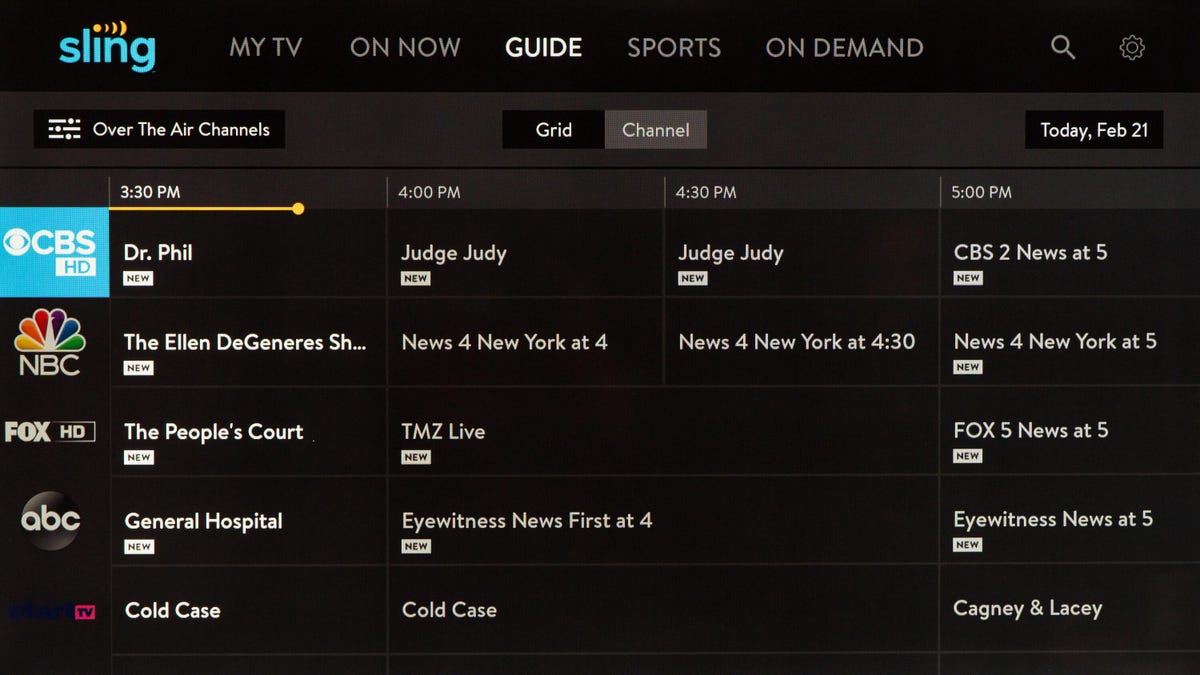
Local TV shows and stations, seen here in Sling TV’s OTA interface via AirTV 2.
Sarah Tew/CNET
Whether you’re using the tuner built into your TV or an external box such as the TiVo Edge, you’ll nevertheless receive OTA TV as a digital signal: analog signals were switched off in 2009. In the Settings menu of your device, you should find either a Channel or Tuning section, and from there you should be able to activate an Auto setting. The tuner on the TV or DVR will then find all of the available channels, and if it’s got a program guide it will then arrange all of the upcoming shows into a grid for you.
If you live in an area with good reception you’ll be able to get at least the major network channels and their affiliates, including your local PBS station. You may experience some issues due to natural or man-made obstacles, depending on where your home is, and searching for a problem channel on Google can tell you if it’s a common one.
In addition to the Antennas Direct site mentioned above, the FCC maintains a DTV Reception Maps page finds the channels available in your area based on your address. It grades each station according to frequency as well as signal strength but unlike the Antenna Point app it won’t tell you which direction the antenna is in.
If you live in a poor reception area you could try a model with a built-in amplifier. But be aware that this can overload your tuner and you could end up with a lot fewer channels. If you have a model with an amp, try it without first.
Because you’re receiving digital signals, instead of analog ones, you won’t get snow in the case of suboptimal reception. If you have poor to no reception, you’ll either get a jumpy or pixelated picture or nothing at all, just blackness.
Finally, if you get a good picture and decide you like using antenna TV, you might want to invest in an antenna DVR. It will allow you to schedule and record shows for playback later, skip commercials and even stream your antenna TV outside the home.
Read more: Best antenna DVRs for cord cutters

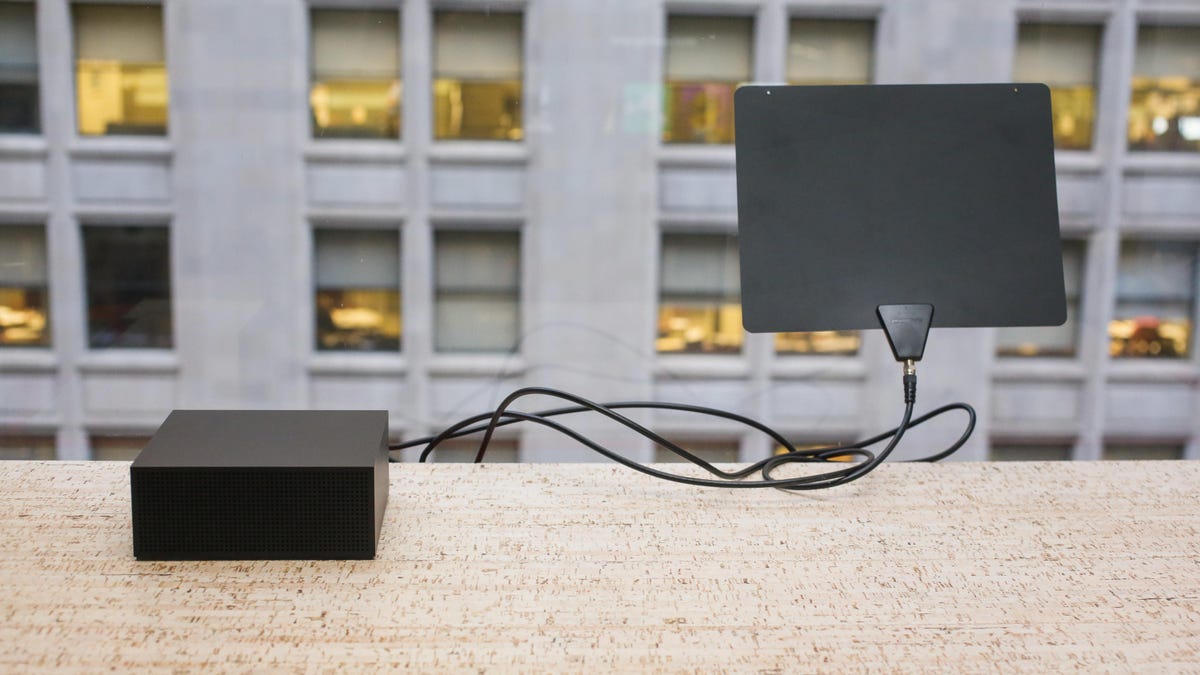
The Amazon Fire TV recast is our favorite antenna DVR.
Sarah Tew/CNET
See the Fire TV Recast at Amazon
Will I need a new antenna for NextGen TV?
NextGen TV, aka ATSC 3.0, is the next-generation version of free OTA TV, rolling out in select areas of the country now and over the next few years. Among other improvements, it will support 4K HDR video and an internet back-channel which will be used for on-demand video.
To get Next Gen TV you won’t need a new antenna, your cheap antenna will be useful for a long time. That’s the good news.
The bad news is that you will need a new TV or external tuner box. TVs with NextGen TV tuners are already here but they’re mostly expensive, and only a couple of tuner boxes are available now.
